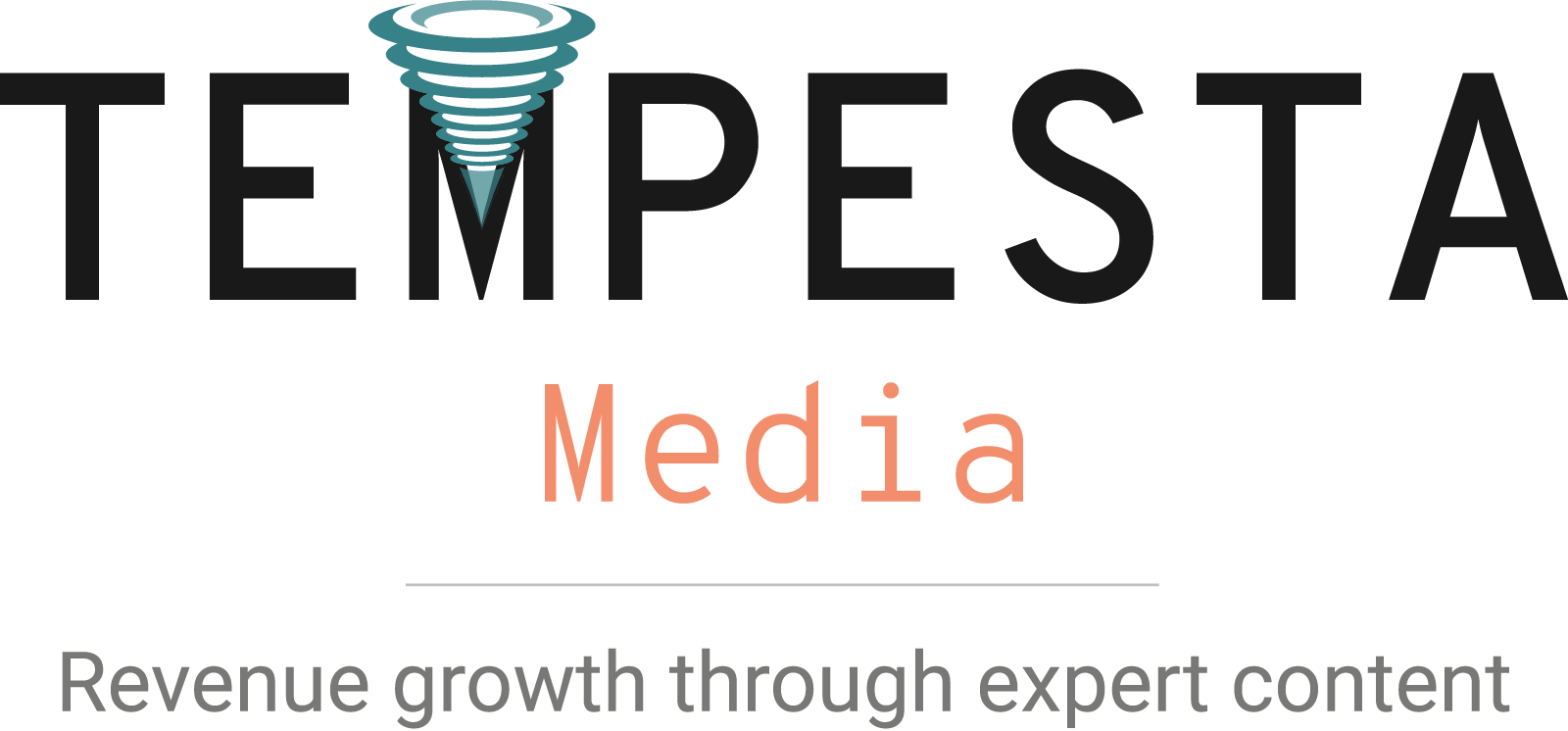The ideal allocation that we’ve seen across our customer base ranges from two to three times the amount spent on content.
That means that if you’re putting a budget together for every dollar that you spend on creating the content, you should spend an additional $2 to $3 dollars on promoting the content. Many companies in the B2B space don’t have a very large social media presence or prospect database of which to work with, so they have limited distribution on what they can do with their content.
Oftentimes, they’re going to post that content to their blog. They may share a snippet of it with their social networks or send out an email that invites prospects and customers to go and read the blog post. Even if a customer or company does all those things, it’s not enough. To be able to go to move the needle significantly, companies need to look at other ways that they can go and promote that content on the internet.
Allocating the right budget
Before you determine how you’re going to go and promote the content, you need to establish a budget. For example, most pieces of content typically run between $100 and $300. To ensure success, you should allocate between $600 and $900 per content for the promotion of it.
Establishing goals
This is going to vary depending on what types of goals you have before you even get started with any type of content marketing program. You need to have clearly established and quantifiable goals so you can measure how well your content marketing programs are doing for B2B companies. The best approach is establishing multiple goals depending on where a prospect comes into your company and how they ultimately come out as a sale.
Your goals for each part of the funnel vary:
Top funnel – Goals include visitors to your website, time spent on your website, number of page views.
Middle funnel – Goals can include where they have gone and read other content on your site or whether they have gone and signed up for a newsletter. These goals can also be whether they’ve downloaded a new guide.
Bottom funnel – Goals are associated with things such as leads and sales.
How do you create goals?
First, you need to have a balanced set of goals equally weighted based on what your company’s corporate objectives are.
Next, establish is what is the cost per sale and cost per lead. That should be coming from this program versus your other digital marketing programs for content marketing. It works differently than what you see with traditional media.
For example, if you were to run a Google AdWords campaign, the amount of money that you spend is directly correlated to the immediate actions that happen. Let’s say you bid on certain keywords such as “content marketing” and allocate $500, that money is going to be spent fairly quickly.
Whatever happens as a result of that, in terms of clicks to your website is fairly instantaneous.
There is also little tail effect that comes with it. This means your campaign is only going to produce as well as that first 30-day period by which the campaign is run.
Another example is email. When you run an email campaign, you send that email out and the vast majority of the responses come in within the first 96 hours.
In fact, over 90 percent of all responses come in within the first 96 hours. So that means you’re going to know pretty quickly whether your campaign is successful or not and what the cost per lead is.
Content operates very differently from this. When content is first published, there is going to be some initial pickup that comes with it in terms of traffic leads and so forth. However, unlike other marketing channels, the real benefit with content marketing is that performance, while it does dissipate to some degree, continues for an extended period of time.
This is because the content itself is evergreen by nature, especially within the new site. Over time, as you start compounding and adding other pieces of content to your content marketing campaign, you start picking up higher rankings within search engines. This means more organic traffic coming in. On the social side, you start to see some veracity that happens especially if you create some compelling content.
Finally, on the influencer side, it’s content syndication. If those are running for an extended period, you’ll also pick up from that. You need to keep that in mind when you’re trying to determine what the financial goals and cost per lead are.
With a content marketing program, traditional digital media campaigns are running in 30-day increments. This means that most of your results all happen within a 30-day period. Content marketing does not have that same alignment. Most of your spending is done within the 30-day period. However, the performance is advertised over a very long period and could be up to 2 years.
What are the best ways to budget for content marketing?
For small companies that are $5 million or less in revenue, they can go with anywhere from two to four pieces of content per month. They can also allocate on the ratios between promotion and creation.
On the B2C side, it’s the same thing. If you are a company between $5 million and $50 million in revenue, you’re large enough to have a much more robust content marketing program. From there, you can start introducing other portions of an overall content marketing budget. You can include content analysis and content strategy, which requires heavier allocation.
Promotion is even more dramatic as well as the content frequency. What we’re seeing is that companies are allocating anywhere from $100,000 to $300,000 of content marketing spend on an annual basis. If you’re under $5 million dollars in revenue, we’re seeing anywhere from $10,000 to $15,000 being spent.
The percentage is being allocated by size of the company. Smaller companies tend to spend a larger percentage of their digital marketing budget on content marketing than larger companies do. This is because content marketing has a much higher ROI associated with other marketing channels for larger companies.
Content marketing is an excellent channel for them, but they very quickly reach saturation. It forces them to go into other digital marketing programs to build that success.
Tempesta Media’s Simple Social Share
Tempesta Media offers a micro-influencer solution called Simple Social Share. It allows companies to be able to go and invite micro-influencers to share the content that we create on their behalf with their social media followers. What this does is it creates an amplification effect and drives new people.
This can be incredibly cost-effective, and it’s just one of many different ways that are available to promote the content.













